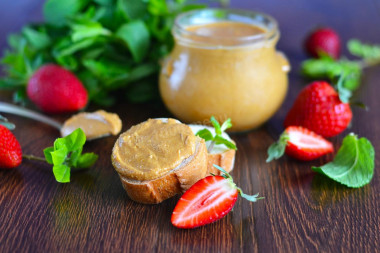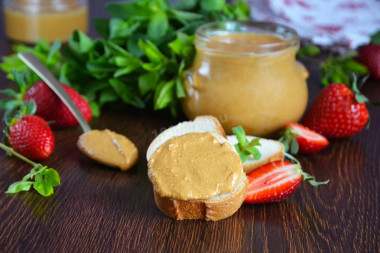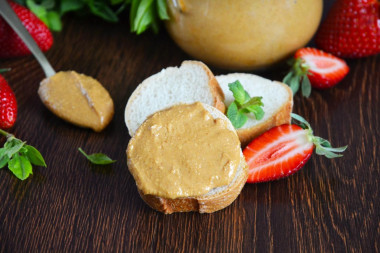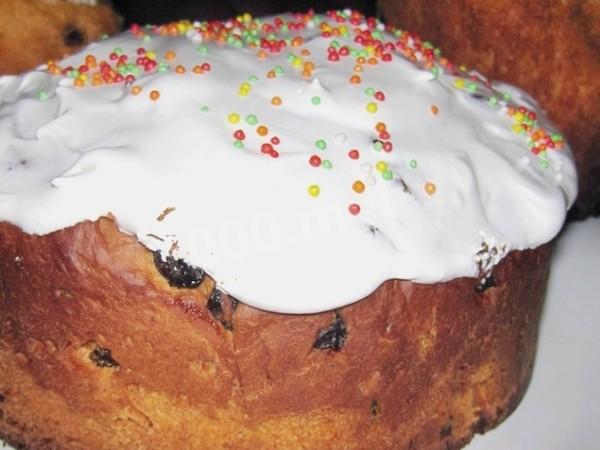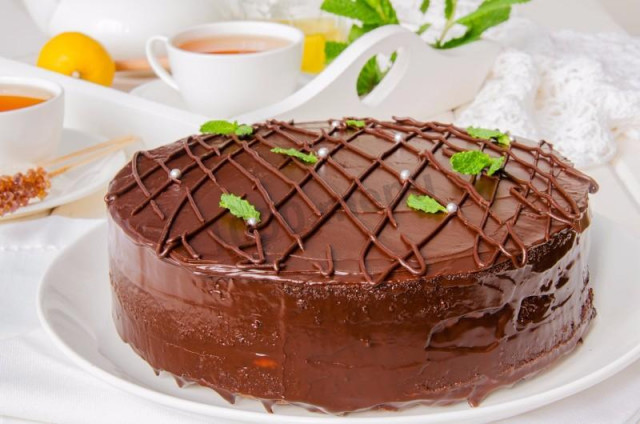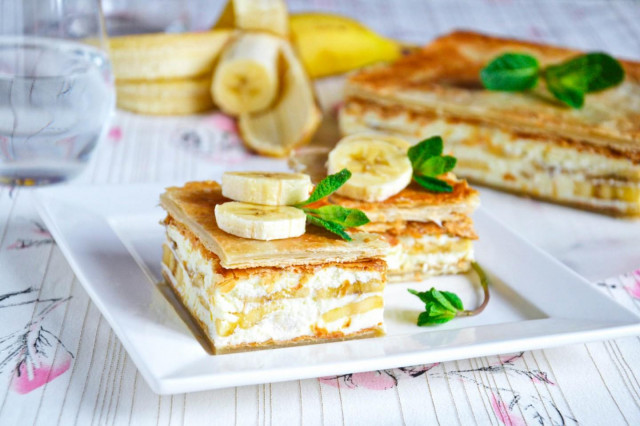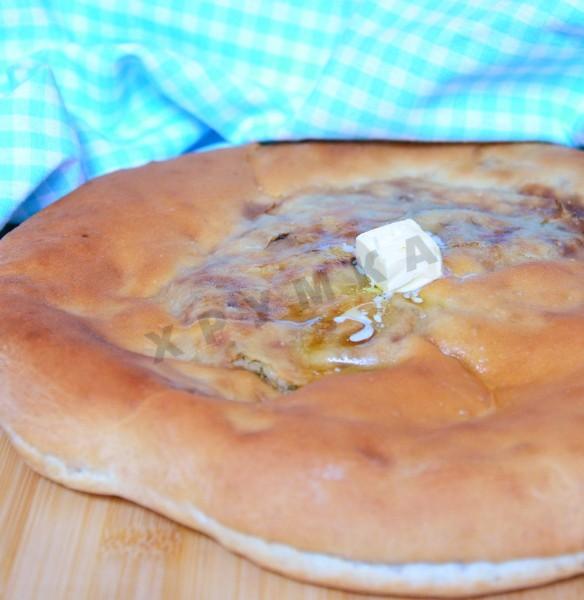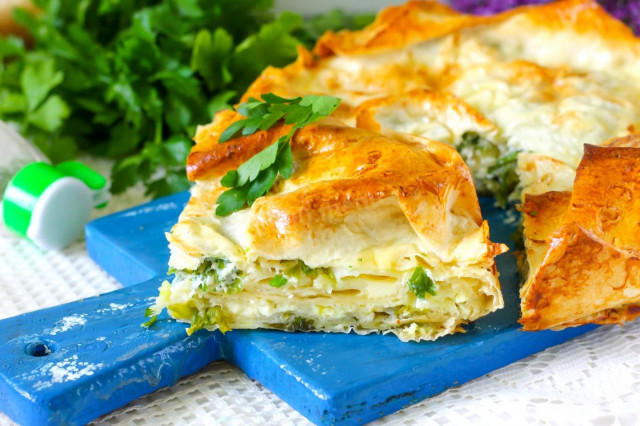Composition / ingredients
Step-by-step cooking
Step 1:
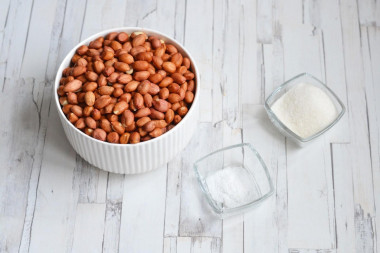
How to make peanut paste at home? Very simple. To do this, you will need only three ingredients from the list. Peanuts can be already peeled fried, salted or unsalted. If you take salted peanuts, then salt should be excluded from the ingredients. Instead of sugar, you can use powdered sugar. You can add more sugar to your liking.
Step 2:
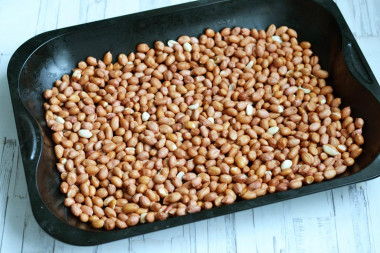
I have fresh unpeeled peanuts, so the first thing you need to fry and peel them. It can be fried in a dry frying pan with constant stirring over low heat or in the oven. If you choose the second method, then pour the nuts on a baking sheet in one layer and put them in a preheated oven to 150 °Remove from the oven for 25-30 minutes, stirring occasionally.
Step 3:
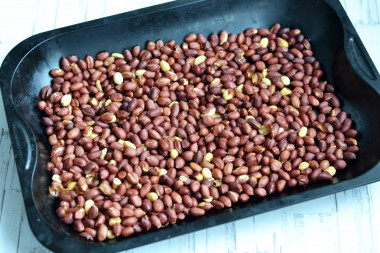
The husks on the nuts should darken, and the nuts themselves acquire a golden hue.*
Step 4:
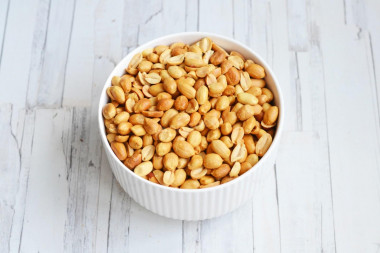
Remove the nuts from the oven and let them cool. After that, you can easily separate the kernels from the husks.
Step 5:
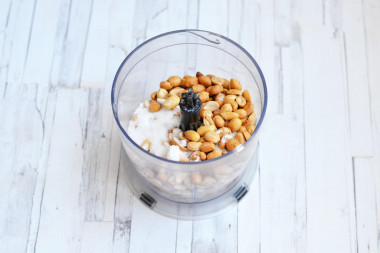
Put the peeled peanuts in the bowl of a blender or food processor, add sugar and salt (I have a small blender, so I put half) and start whipping.
Step 6:
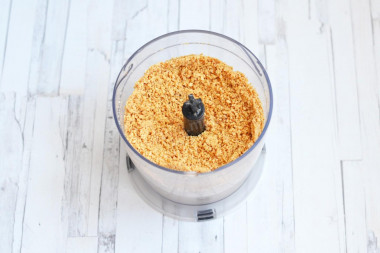
At first, a small nut crumb is obtained. As it is whipped, this dry crumb will begin to moisten, because oil is released from the peanuts and get clumps. Periodically stop whipping and scrape the mass off the sides of the bowl with a spatula so that it lies back on the bottom.
Step 7:
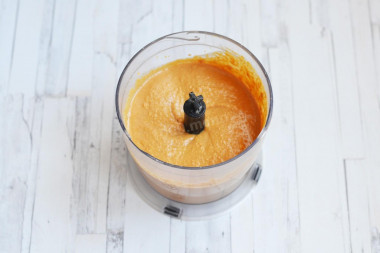
Keep whisking until the peanuts turn into a paste. The mass will heat up, even more oil will be released, so that the mixture will become liquid and more homogeneous. If the blender gets very hot during the grinding process, turn it off and let it cool down a little. Then continue to grind the nuts to the desired consistency.
Step 8:
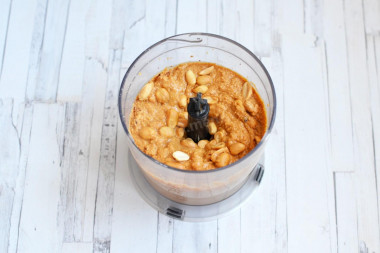
When I started to get a homogeneous dense paste, I poured the second part of the nuts and continued to beat until completely homogeneous.
Step 9:
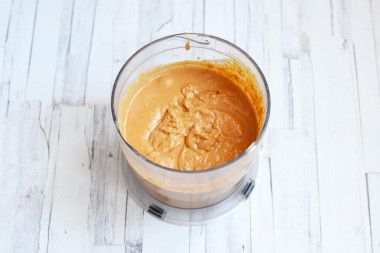
Peanut paste heats up very much and turns out almost completely homogeneous with minor inclusions of fine-fine nut crumbs.
Step 10:
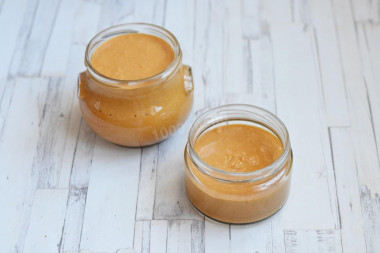
Transfer the peanut paste into clean, dry jars with a lid and store in the refrigerator for no longer than 4 weeks. Enjoy your meal!
*In some sources I read that it is undesirable to fry peanuts in the peel. It needs to be soaked in water for about 4 hours, then peeled off the husk and then fried. Then all the harmful substances will leave the nuts themselves and the husks. I did not delve into the study of this issue. But if you have a desire, Google it yourself and choose the best way for you to prepare nuts.
Keep in mind that everyone's ovens are different. The temperature and cooking time may differ from those specified in the recipe. To make any baked dish successful, use useful information about the features of ovens !
Caloric content of the products possible in the composition of the dish
- Raw peanuts with shells - 564 kcal/100g
- Raw peanuts without shells - 568 kcal/100g
- Boiled peanuts - 376 kcal/100g
- Roasted peanuts with shell - 582 kcal/100g
- Roasted and salted peanuts - 585 kcal/100g
- Peanuts nuts - 568 kcal/100g
- Granulated sugar - 398 kcal/100g
- Sugar - 398 kcal/100g
- Salt - 0 kcal/100g


